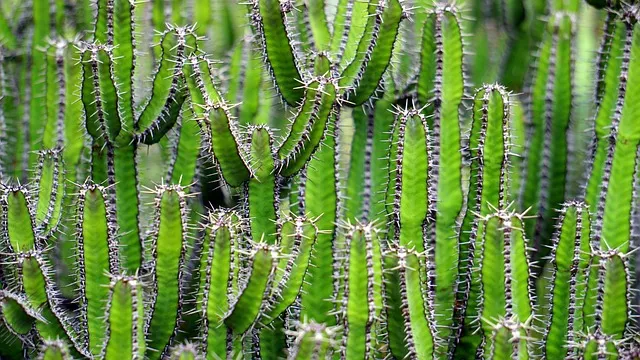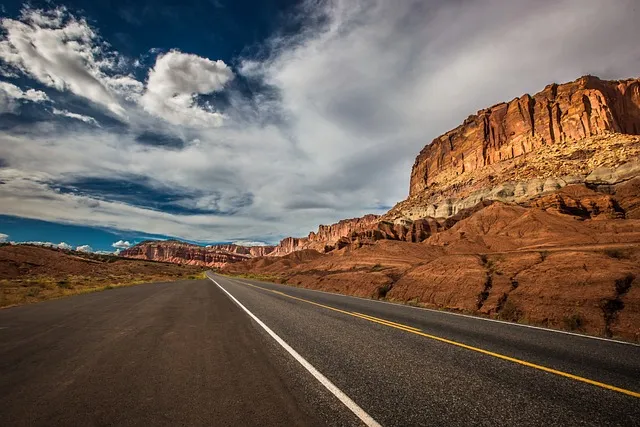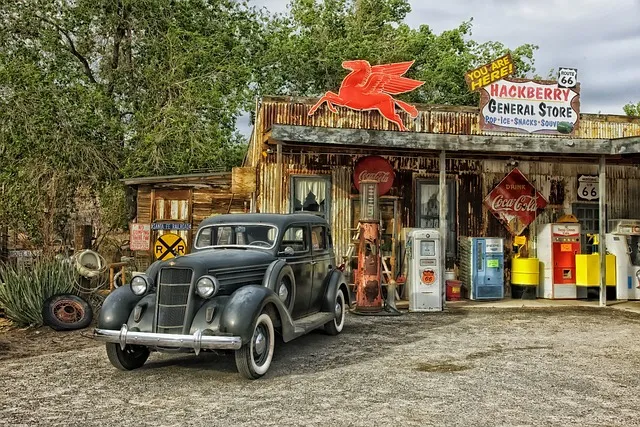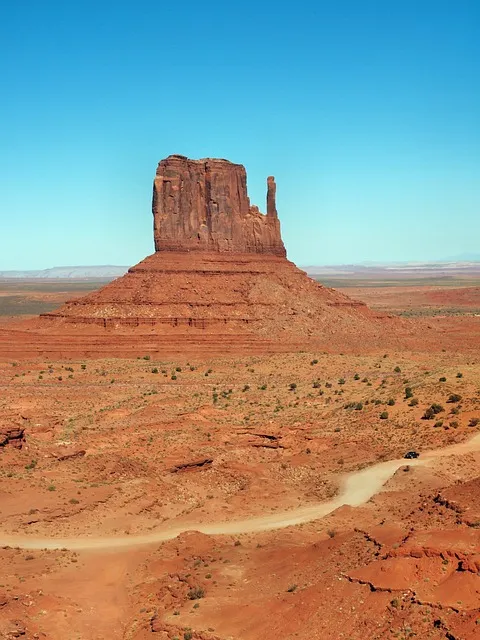Arizona's deserts are not just barren landscapes but are rich in biodiversity and home to unique ecosystems like the Sonoran, Mojave, and Chihuahuan Deserts. The iconic saguaro cacti and other resilient plant species have adapted to thrive in these arid environments, serving as habitats for a variety of wildlife. The state's deserts are crucial for understanding xeric ecosystems and showcase the adaptability of life under harsh conditions. Transition zones between these biomes add to the complex biodiversity found in Arizona.
On the cultural front, Arizona offers a mix of heritage and modernity with its small towns preserving pioneering history and artisan traditions, while its cities like Phoenix, Tucson, and Mesa blend contemporary life with a rich tapestry of native traditions and modern arts. These urban centers boast vibrant culinary scenes, tech sectors, and nightlife, creating a cosmopolitan atmosphere that caters to diverse traveler preferences.
The major cities of Phoenix, Scottsdale, and Tucson each offer unique experiences, with Phoenix showcasing its economic and cultural importance through museums and galleries, Scottsdale providing luxury experiences alongside its arts scene, and Tucson integrating natural beauty with a strong educational presence. These cities collectively represent Arizona's dynamic landscape and invite visitors to explore the state's diverse identity.
Arizona’s diverse landscapes, from the stark beauty of its desert biomes to the dynamic energy of its urban centers, offer a rich tapestry of experiences. This article explores the varied ecosystems of Arizona’s deserts, the iconic flora such as the majestic saguaro cacti, and the contrasting cultures that thrive within these environments. We will also delve into the vibrant urban life found in cities like Phoenix, Scottsdale, and Tucson, each with its unique allure. Join us as we traverse the natural wonders and cultural richness of Arizona, uncovering the harmony between nature and human ingenuity.
- Arizona's Desert Biomes: An Overview
- Iconic Cacti and Flora of the Sonoran Desert
- The Rich Biodiversity and Ecosystems of Arizona's Deserts
- Contrast of Cultures: Small Town Charm to Urban Vibrancy
- Exploring Arizona's Major Cities: Phoenix, Scottsdale, and Tucson
Arizona's Desert Biomes: An Overview

Arizona’s desert biomes are a rich mosaic of ecosystems, each with its unique characteristics and biodiversity. The state is home to the Sonoran Desert, one of the most biologically diverse deserts in North America. This arid region boasts a remarkable variety of plant and animal species, many of which have adapted to the extreme conditions with notable resilience and efficiency. The Sonoran Desert’s iconic saguaro cacti dot the landscape with their towering forms, while creosote bushes and prickly pear cacti also thrive in this environment. The desert’s flora and fauna have evolved to conserve water and survive the intense sunlight and heat; examples include the javelina, a wild pig native to the region, and the Gila monster, one of the few venomous lizards in the world. The Mojave and Chihuahuan Deserts also extend into parts of Arizona, each with distinct habitats that range from arid plains to rugged mountain ranges. These deserts showcase the adaptability of life in extreme conditions, providing researchers with invaluable insights into xeric ecosystems and offering visitors a window into the resilience of nature. The transition zones between these desert biomes are particularly noteworthy for their unique biodiversity, creating a complex tapestry of natural beauty and scientific interest that defines Arizona’s deserts.
Iconic Cacti and Flora of the Sonoran Desert

The Arizona desert, particularly the Sonoran Desert, is a unique ecosystem renowned for its rich and diverse flora. Among its most iconic inhabitants are the cacti species that have adapted remarkably to the harsh conditions of the desert. The Saguaro cactus, with its distinctive tall and columnar form, stands as the quintessential symbol of this arid region, often living for over 150 years. These giants not only store water but also provide habitat for numerous creatures. Additionally, the Cholla cacti, known for their jumping sticks that detach upon contact to deter herbivores, exhibit a different form of adaptation. The prickly pear cactus, with its edible fruit and pads, is another resilient species that thrives in this environment, showcasing the Sonoran Desert’s flora as both aesthetically striking and functional. Beyond cacti, the desert is home to a variety of other plant life, including creosote bushes, paloverde trees, and ocotillo plants, each with its own survival strategies that contribute to the complex tapestry of this ecosystem. These plants not only shape the landscape but also play a crucial role in supporting the desert’s ecological balance and biodiversity.
The Rich Biodiversity and Ecosystems of Arizona's Deserts

Arizona’s deserts are a mosaic of arid environments teeming with a rich biodiversity that defies the stereotype of barrenness often associated with deserts. The Sonoran Desert, the most biologically diverse desert in North America, is home to a myriad of life forms, from the iconic saguaro cactus, which can live for over 150 years, to the elusive desert tortoise and an array of rare and endangered species. The unique climatic conditions have shaped distinct ecosystems, including the Chihuahuan Desert’s creosote bushes and the Mojave Desert’s Joshua trees, each adapted to conserve water and thrive in the extreme heat. The deserts of Arizona are not merely expanses of sand and cacti; they are complex habitats where life persistently finds a way. From the microbial organisms in the soil to the larger mammals roaming its landscapes, each creature plays a role in maintaining the delicate balance of this arid ecosystem. The biodiversity found here is a testament to the resilience and adaptability of life, showcasing how species have evolved to survive in one of the most challenging environments on Earth. Conservation efforts are crucial to protect these unique ecosystems and the myriad species that call them home, ensuring their survival for future generations to appreciate.
Contrast of Cultures: Small Town Charm to Urban Vibrancy

Arizona’s diverse cultural landscape is a mosaic that transitions from the laid-back charm of its small towns to the dynamic energy of its urban centers. The state’s small towns, with their historic adobes and local festivals, offer a glimpse into the region’s pioneering past. Here, visitors can stroll through main streets lined with artisan shops and eateries, where community events such as rodeos and harvest fairs are central to the social calendar. This environment fosters a deep-rooted sense of history and tradition, providing a tranquil retreat from the fast pace of modern life.
In stark contrast, Arizona’s cities pulsate with contemporary beats. Phoenix, the capital, stands as a hub of innovation and growth, where skyscrapers rise against the backdrop of the Sonoran Desert. Cities like Tucson and Mesa are home to cultural institutions that celebrate both native heritage and modern art, showcasing the state’s multifaceted identity. These urban areas also feature a robust culinary scene, cutting-edge technology sectors, and vibrant nightlife, drawing in individuals seeking the cosmopolitan appeal of a metropolitan experience. This juxtaposition of Arizona’s cultural offerings ensures that every visitor finds a piece of the state that resonates with their personal journey.
Exploring Arizona's Major Cities: Phoenix, Scottsdale, and Tucson

Arizona’s major cities—Phoenix, Scottsdale, and Tucson—offer a captivating juxtaposition of urban sophistication and desert allure. Phoenix, the capital and most populous city, stands as a testament to the state’s economic and cultural heartbeat. With its sprawling metropolitan area, Phoenix is home to a plethora of museums, galleries, and dining experiences that cater to diverse tastes. The city’s architecture, both modern and historical, reflects its growth from a frontier settlement into a bustling center of commerce and technology.
Scottsdale, often lauded for its blend of luxury and leisure, boasts an impressive array of resorts, spas, and golf courses that draw visitors from around the globe. Known for its vibrant arts scene, the city hosts numerous events throughout the year, including the Scottsdale Arts Festival. This cosmopolitan enclave also preserves its past through historic districts and Western heritage sites, offering a harmonious blend of contemporary indulgence and traditional charm.
Further south lies Tucson, a city that harmoniously intertwines with the Sonoran Desert’s rugged beauty. Tucson’s unique character is evident in its historic downtown area and the University of Arizona campus, which are integral to the city’s cultural and educational landscape. The nearby Saguaro National Park provides residents and visitors alike with opportunities to immerse themselves in the natural splendor of the desert, showcasing the delicate balance between urban development and environmental preservation that characterizes Arizona’s cities. Each of these cities contributes a distinct flavor to the Arizona experience, inviting exploration and appreciation of their individual and collective offerings.
Arizona’s landscapes offer a rich tapestry that ranges from the arid expanses of its desert biomes to the cultural melting pots found within its major cities. The Sonoran Desert, with its iconic cacti and diverse flora, is a testament to the resilience of nature. This ecosystem supports a surprising array of wildlife, showcasing the state’s biodiversity. As one transitions from the tranquility of small desert towns to the bustling urban centers like Phoenix, Scottsdale, and Tucson, the contrast in cultures and lifestyles is as striking as the scenic changes. Arizona’s cities offer a vibrant array of experiences, from contemporary art scenes to historical landmarks, all encapsulating the essence of urban delights. This confluence of natural splendor and cultural richness makes Arizona a unique destination for both nature enthusiasts and city explorers alike.
